My wife and I recently had the privilege of travelling to the Galapagos islands to spend seven days looking around. The Galapagos is a very special place where the vast majority of the land area is preserved by Ecuador as a national park. Humans are confined to small settlements near the coasts. Because so little territory is available to tourists (more is available to scientists and researchers), many people who go to the Galapagos follow a well-worn track between the different places that they are allowed to visit. This doesn’t take away from the joy of the trip; it’s just something you have to accept must exist for good reasons.
In any case, this blog post is my attempt to capture some of the interesting animals and sights that visitors can experience in the Galapagos. I hope you enjoy it.
The Big 15
Anyone going to the Galapagos will probably want to see the wildlife. After all, the islands are a protected ecosystem full of plants, animals, and birds that have remained pretty undisturbed by human activity, so it’s a special place. Some of the touring companies talk about seeing the “Big 15,” which include iguanas, tortoises, boobies, sea lions, and penguins. Because some of the species are only present on certain islands, your ability to see all of the Big 15 is dictated by your tour itinerary. Being an avid photographer, I wanted to photograph as many species as I could during our week in the Galapagos. We didn’t get to see them all(my count is 8 of 15), but we enjoyed what we saw. Here’s some shots to show what I mean.
Marine Iguanas
Marine iguanas are very common. Whether it’s strolling around beaches like Tortuga Bay (Figure 1), just hanging out on rocks (Figure 2), or baby iguanas relaxing on rocks as they shed their old skins (Figure 3), you’ll meet iguanas everywhere.
Best of all, the iguanas care very little about human presence, meaning that it is possible to get very close. The authorities would like you to stay at least three feet away from the animals, but sometimes they come nearer. Or you can stay away and use a telephoto lens to capture the colors and texture of the iguanas (Figure 4). In whatever case, the excitement of seeing your first iguana soon reduces to a blasé nod when someone says “oh look, there’s an iguana…” They are really that common.
Land Iguanas
Land iguanas are rarer than marine iguanas, but you’ll still see plenty of them in places like South Plaza island, which is commonly used for tours. Land iguanas are more colorful than their marine cousins and are often found sitting under cactii, waiting for flowers to drop to eat (Figure 5).
Sometimes you see hybrid iguanas, the product of mating between marine and land iguanas. In Figure 6, a regular land iguana is to the left and a hybrid iguana to the right. You recognize the hybrid by its coloring and lack of the dorsal fin seen on marine iguanas.
Giant Tortoises
The giant tortoises are another “must-see” Galapagos species. We visited a tortoise reserve near Puerto Villamil, where a breeding program is in place to help repopulate areas where tortoises have been wiped out due to human-introduced pests like rats, donkeys, and cattle. There are plenty of tortoises to be seen (Figure 7), including tons of young tortoises at different stages of development, but you always know that the animals are in captivity.
Obviously, it is much better to see an animal in its natural habit. Our first glimpse came on a walk to the “Wall of Tears” (Muro de las Lágrimas) on Isabella. The walk is about a 10 km round-trip trek and it’s not something to do without having good shoes, sun cream, and lots of water. Our guide said that we might see one or two tortoises en route, but we were lucky to see twelve, including some deep in the undergrowth. The easiest to see where those on the roadway (Figure 8).
Some of the tortoises were under impressed at meeting walkers and others were nonplussed and got on with the job of finding the next meal (Figure 9). According to our guide, after a careful examination of tortoise poop, the tortoises in this location liked eating cactii.
Even better was a visit to the Rancho Manzanillo Tortoise Preserve on Santa Cruz. Apart from having a pretty good restaurant on site, the Ranch has lots of tortoises roaming free across fields and ponds. This is a great place to stroll (avoiding all the poop and other mucky places) and have a tortoise encounter (Figure 10), including the chance to see how tortoises use pond water to cool down and remove parasites (Figure 11).
Sea Lions
The Galapagos sea lions are related to the Californian sea lions, only smaller. Again, after a while you stop noticing sea lions because they are everywhere, including on park benches (Figure 12).
A trip to South Plaza island provided a more natural encounter with sea lions, including the chance to watch a shark patrol offshore waiting for one of the sea lions to make a mistake (none did while we watched). Many of the animals we saw were pups, as their mothers were off fishing for food (Figure 13), while the bulls that were present patrolled their territories to warn off any potential invaders.
Being young, the pups were playful and the local crabs served as available toys. It was interesting to watch the pups pick up the crabs and toss them between each other (Figure 14). Things weren’t so good for the crabs because invariably the sharp teeth of the sea lions cracked their shells.
But mostly the sea lion pups wanted to rest and did so without taking much notice of nearby humans. Figure 15 shows a typical pose and also shows the kind of lava rocks that are so common in the Galapagos.
Dolphins
Many of the activities in the Galapagos involve transits from one island to another. If the trip is short, it will probably be in a “panga” (dinghy). If long, you’ll probably end up in a motor yacht, which turned out to be a nice place to spend the two hours or so needed to get from the Ibabaca Channel (between the islands of Baltra and Santa Cruz) to Bartolemé, an islet off Santiago island. En route, a pod of dolphins turned up to play at the bow of the boat. The pod put on quite a show (Figure 16) and were a highlight of the visit, even if dolphins aren’t in the Big 15.
Blue Footed Boobies
Blue footed boobies are definitely part of the Big 15 and also feature extensively on souvenir t-shirts sold throughout the islands (you can probably guess some of the slogans). We saw boobies on South Plaza and Bartolemé, but never saw a Nazca or red-footed boobie. Apparently, the bluer the feet, the more food the bird has consumed. If this is true, the boobie in Figure 17 has fed pretty well.
On Bartolemé, the boobies were at the famous Pinnacle rock, which we approached in a panga, so it wasn’t quite so easy to see (Figure 18).
Galapagos Penguin
The Galapagos penguin is a small breed that is the only species of penguin found north of the equator. We saw individual penguins on Isabella and Bartolemé. In most cases, the birds were sitting peacefully on rocks (Figure 19), but some were swimming (Figure 20).
Frigate Birds
Frigate Birds are part of the Big 15 because of the large red pouch displayed by male birds during the mating season. It wasn’t the right time or the birds were too busy flying to display pouches, but they were certainly present everywhere in the islands. Apparently, frigate birds like to cruise on air currents (Figure 21) looking for other birds who have food, in which case they swoop down to steal whatever’s going.
American Flamingo
Near the tortoise reserve on Isabella, there are a series of briny lagoons where you see American Flamingos (and the compulsory iguanas). The deep pink color of the flamingos (Figure 22) is determined by their diet of carotene-rich shrimps, which they sieve through their large beaks. The pinker the bird, the older it is… or so we were told.
Finches and Other Birds
Finches were the sources of many of Darwin’s observations about the origin of the species. There are many different types of finches, some of which are still evolving. Figure 23 shows a cactus finch photographed in a cactus forest close to Tortuga Bay, while Figure 24 shows a sharp-beaked ground finch found in a scalesia forest near the Los Gamelos sink holes on Santa Cruz.
As you’d expect, there are many other species of birds to be seen. Not being a bird-watcher, I wasn’t very professional at recognizing and capturing the various types, but I liked the plumage of the Yellow Warber, photographed at the tortoise reserve at Santa Cruz (Figure 25) and the stance of the Mocking Bird, photographed on the edge of the caldera of the Sierra Negra volcano (Figure 26).
Moving closer to the sea, there were lots of brown pelicans to see. I like this shot (Figure 27) of a pelican sitting on top of a mangrove tree.
Crabs
Crabs seemed to be much more obvious and brightly colored than they are in Ireland. Young crabs are dark to camouflage themselves against the black lava rocks, but the mature “Sally Lightfoot” crabs are bright red, which is thought to serve as a warning to would-be predators to avoid them. Not that it did much good when sea lion pups were around. The crabs are very agile and move across lava rocks with speed. They are also capable of jumping from rock to rock to find food to eat or escape from predators.
The Galapagos has lots of hermit crabs too. This one (Figure 29) was scurrying along the sand at Tortuga Bay looking for a new shell to call home.
Flora and Fauna
The animals attracted most of our attention, but some walks through different areas of the Galapagos generated some nice shots of mosses (Figure 30 and 31) growing on trees. I don’t normally pay much attention to this kind of stuff, but I was attracted to the shapes and profusion of growth covering the trees.
Landscapes
The Galapagos landscape changes from place to place and depends on whether you’re in the highlands (for example, on the side of a volcano), down by the shore, on a lava field, or elsewhere. One of the nicest landscapes we saw was looking down from the climb to the viewing platform on Bartolemé island towards Pinnacle Rock and the beaches that we later snorkeled around (Figure 32). The red appearance of the land is due to the relatively recent (in millions of years) age of the lava that created the island and the erosion and rust (of the iron in the lava) that generated the sand-like soil.
You can’t avoid lava in the Galapagos because that’s how all the islands came into being. The last major flow on Isabella was in 2005 and the lava is now settling down in the caldera of the Sierra Negra volcano (Figure 33). Getting to the caldera involves a reasonable walk and the view is often disappointing because of cloud and mist. As you can see, the cloud cleared briefly to give a view. Recent volcanic activity has made the park authorities close off part of the walk, so this is about as close as you can get to the caldera.
Another recent outflow (in lava terms) is on Santiago island, where the lava forms some amazing shapes (Figure 34).
Yet another type of lava is on the small islet of Tintoreras, just off Puerto Villamil (Figure 35). This lava is jagged rather than smooth and has razor-sharp edges that make it very unpleasant to fall against. The iguanas don’t seem to mind.
The Wall of Tears on Isabella (Figure 36) offers another type of landscape. Built by political prisoners from lava rocks in the years after World War II, the wall sits in the middle of the countryside with nothing else around it.
On the way back to Puerto Villamil from the Wall of Tears, you can climb a viewing platform (Cerro Orchilla) to get a nice view of the town, its beach, and Tintoreras (Figure 37).
Technical Details
For those interested, I used a Nikon D5 with a Nikkor 28-300mm zoom to take all the photographs. No flash was used because this is forbidden when photographing animals in the Galapagos. Interestingly, some of the shots taken on my iPhone 8S were nearly as good, even if they never approached the quality of the optical zoom.
Things I Wish We Had Brought
Many of the activities were water-based. I wish I had brought a waterproof camera suitable for snorkeling (waterproof to 10 feet or so) so that I could have taken photos of the sea turtles, reef sharks, and various forms of rays that we were able to swim with. I also wish I had brought a swim vest. The sea is a lot warmer than it is in Europe, but cold currents have a nasty habit of coming along to spoil the party. A swim vest would also help with sun protection. The Galapagos are close to the equator and it’s all too easy to get sun burned, even with factor 50. The rear of the knees are particularly sensitive if you snorkel. If I had been intelligent, I would have brought along a mask with a lens adjusted for my sight. The tour people give out masks with normal lens, which are fine if a fish comes up close, but rapidly become useless when the fish are more than a few feet away.
Like a fool, we left our excellent Tilley hats behind in Ireland. You need hats in the Galapagos, so if you make the same mistake, buy a hat (they are available in stores in Quito and Baltra airports).
If you do go to the Galapagos, enjoy the experience and go with the flow. The animals will do the rest.
Follow Tony on Twitter @12Knocksinna.


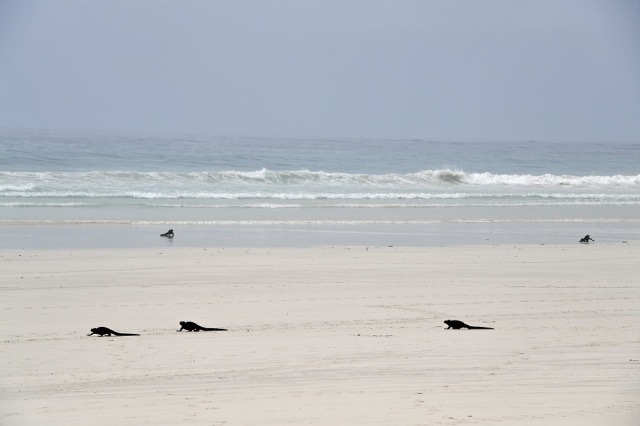

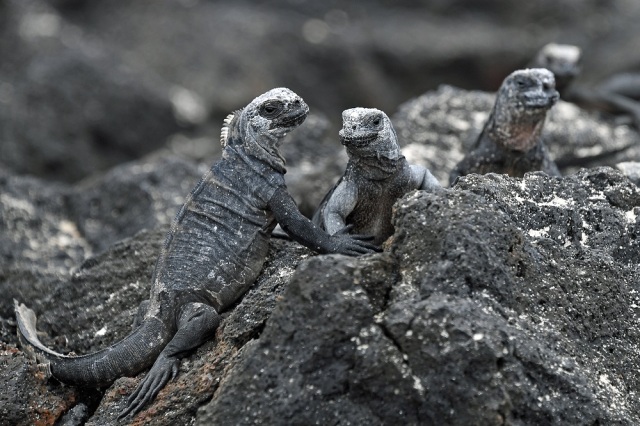






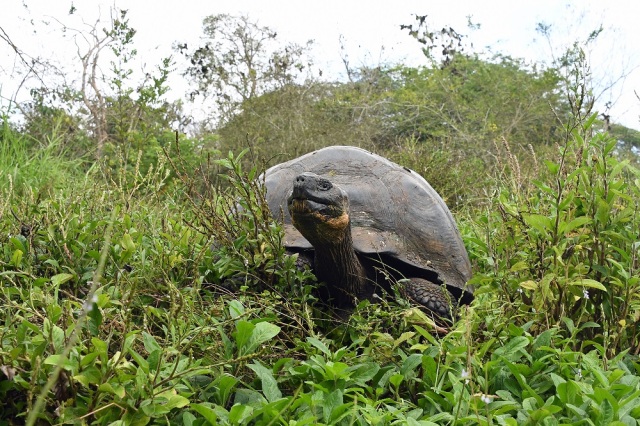






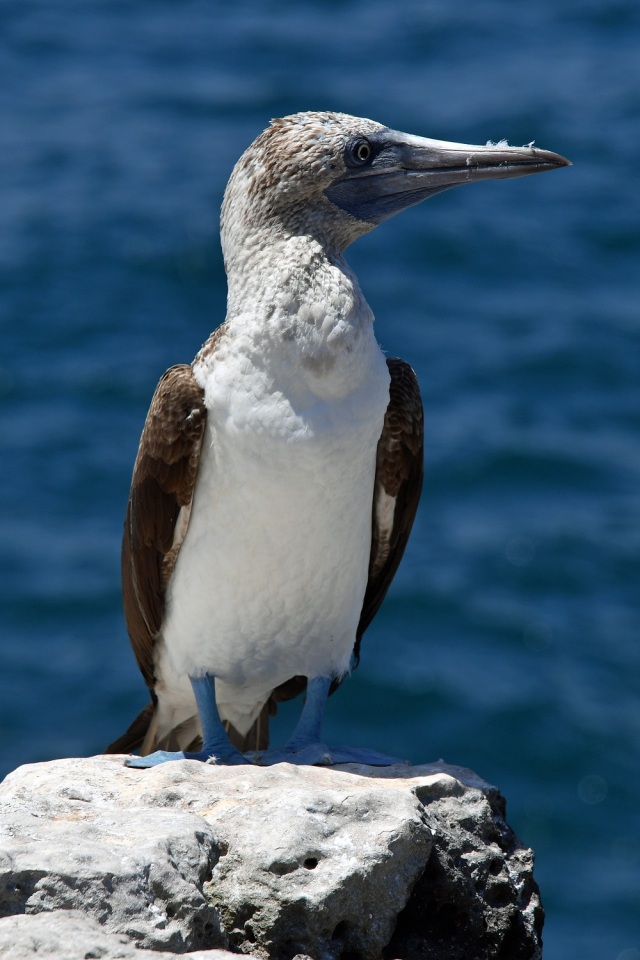



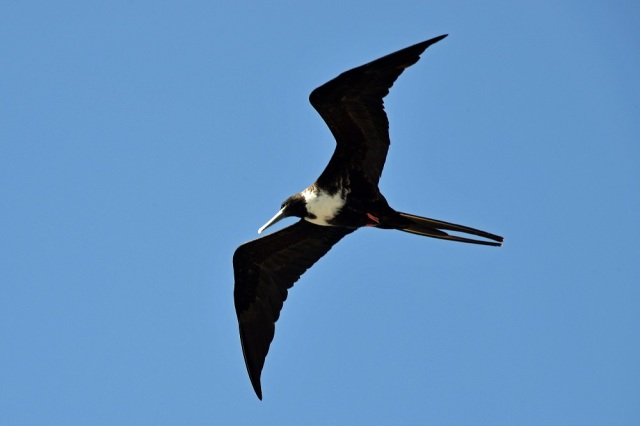
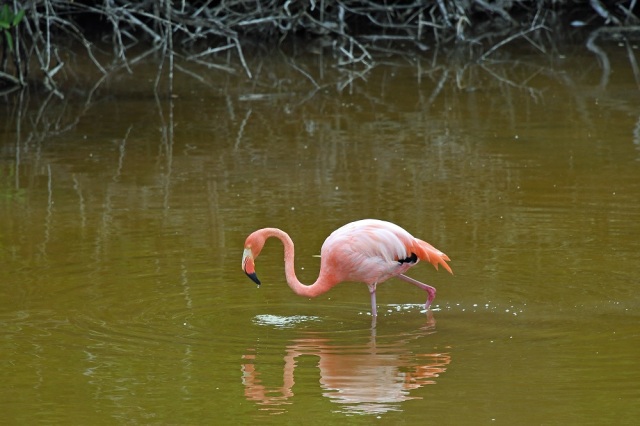










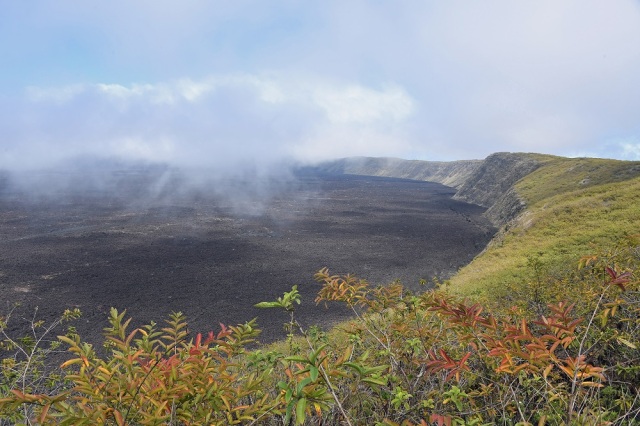



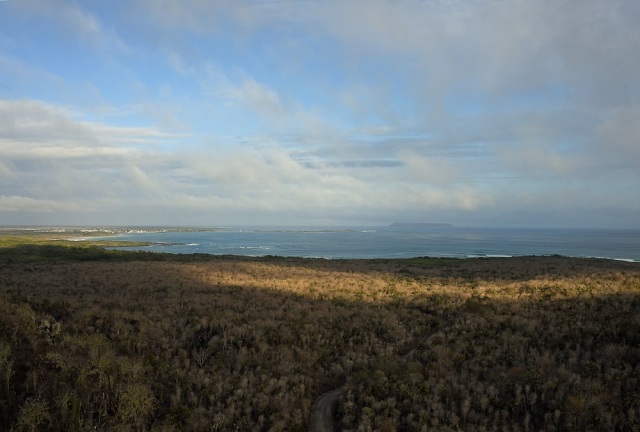
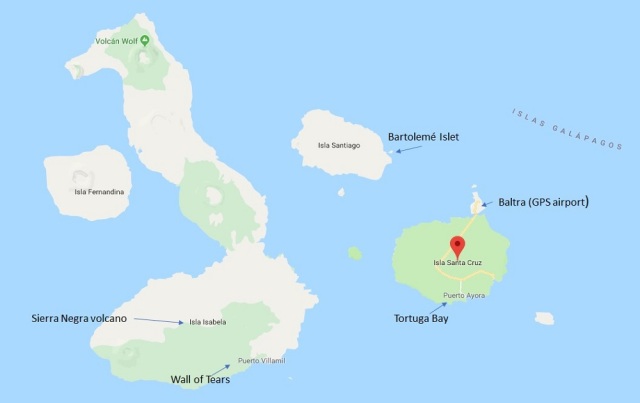

WoWzer! 🙂 What a treat on a Monday!
What a place! You are very fortunate, Tony.
Great pictures of what all can be found in store there.
Thank you for sharing! 🙂 I’d love to see those sites someday.
Cheerz to you and your future adventures! Nice to meet you. Uncle Tree
This is extremely informative and inspiring. The Galapagos Islands are one of those destinations you should visit at least once. What a treat to read your blog and bring back memories. Any advice on booking?
I used Trailfinders but I suspect any good travel agent can put together a solid itinerary.
Lucky you – this is definitely on my bucket list so hopefully get there one day.
Really interesting write up. Greetings from Germany!